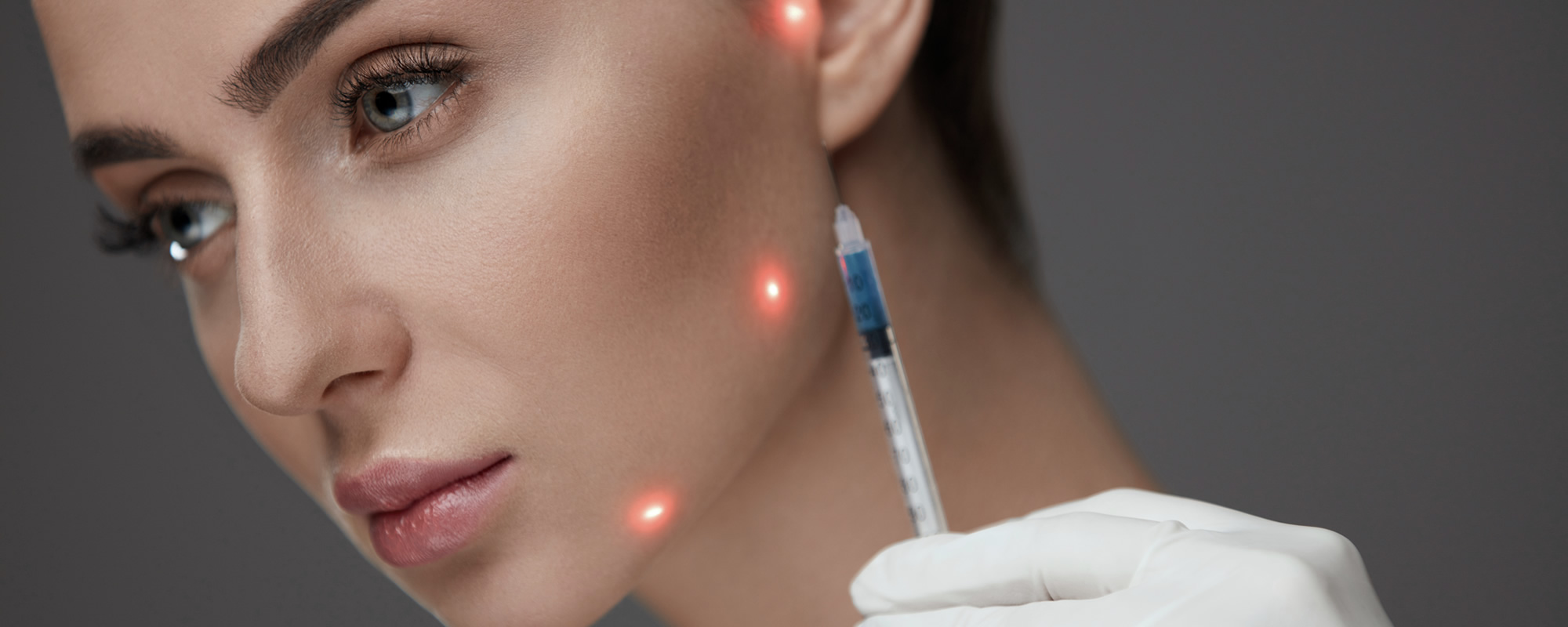
Are Anti-Wrinkle Injections or Dermal Fillers right for me?
Anti-wrinkle injections and dermal fillers are now both incredibly common – for many people, a regular cosmetic treatment is just the same as getting their nails done, or having a facial. But if you’re new to non-surgical cosmetic treatments you may be wondering whether they are right for you – and if so, which type to choose.
Often people get confused about the difference between anti-wrinkle injections and dermal fillers – a common misconception is that they are both the same, and the terms are often used interchangeably. But both anti-wrinkle injections and dermal fillers have different functions and work in completely different ways to enhance and rejuvenate.
How do anti-wrinkle injections work?
Anti-wrinkle injections work through preventing lines and wrinkles that form in commonly used areas of the face – such as frown lines, crow’s feet and smile lines. The injections limit movement through temporarily disabling the muscle beneath the skin, allowing the skin to stay smooth and reducing the appearance and depth of existing lines. Common areas for anti-wrinkle injections include the eyes, forehead and between the brows.
If you’re starting anti-wrinkle injections to fade existing lines, it may take a number of months and treatments to start to see significant changes (although you’ll see a noticeable difference immediately and in the weeks following you initial treatment). Anti-wrinkle injections work incrementally to keep signs of ageing at bay – so they are also a great preventative treatment to begin if you’re only just starting to see the beginning of lines and wrinkles forming on the face.
Normally anti-wrinkle injections need to be administered every few months to top up the initial treatment and maintain results, although everybody metabolises them differently, so your top-up may come around sooner or later depending on how your body responds.
How do dermal fillers work?
Dermal fillers are completely different too anti-wrinkle injections both in terms of their consistency and function, and how they wok beneath the skin. Dermal fillers have a thick, gel-like consistency and are made of a resistant form of hyaluronic acid. Fillers are most commonly used to replace diminishing fat and bone which affects facial structure, both of which naturally decline with age. They can also be used to enhance existing features or re-sculpt the face – such as lip fillers (for a fuller, more voluminous pout), cheek fillers (for rounded, lifted cheeks) and chin fillers (to help sculpt and contour the jawline). Fillers can also be used around the eyes, such as tear-trough treatment, which reduces bags and dark circles under the eyes.
Like anti-wrinkle injections, dermal fillers are eventually safely absorbed and removed by the body, but they can last up to 12 months depending on how you naturally process them.
Are anti-wrinkle injections or dermal fillers right for me?
Hopefully after reading through this article you can see the difference between dermal fillers and anti-wrinkle injections – and what individual impact each different type of treatment can have on your overall appearance. If lines and wrinkles are troubling you, anti-wrinkle injections are usually in order. But if you’re looking to remodel or sculpt the face, or restore lost volume in certain areas, dermal fillers will be a better option.
It may not be a case of either/or though. Depending on what you want to achieve, you may opt for both treatments to be used alongside one another. Although anti-wrinkle injections and dermal fillers are different, they can both be used together to achieve a desired look.
Ready to get started? Book a consultation with us today.




